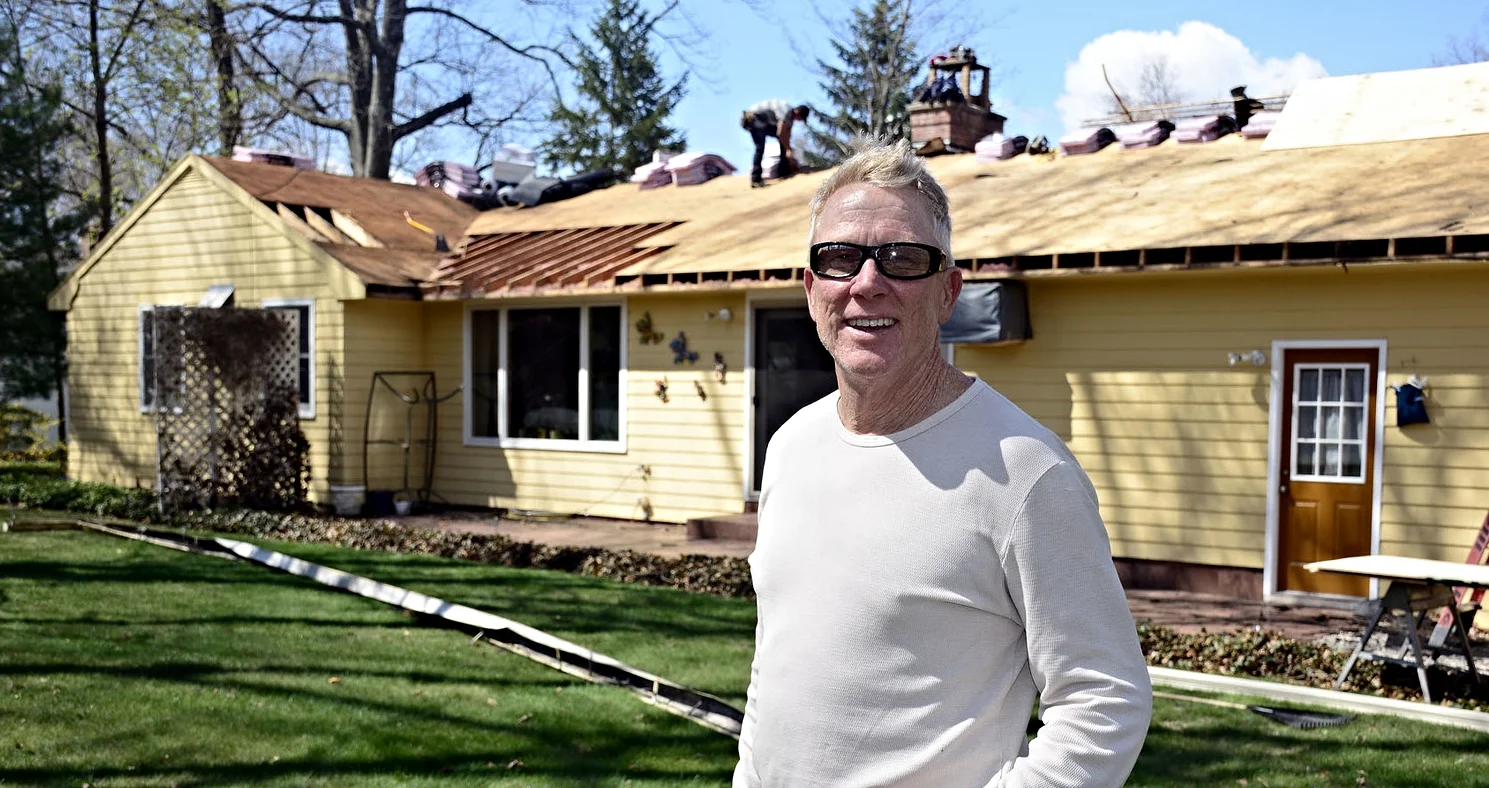Airflow in the Attic, What Insurers Don't Want You To Know
Chelsea O'Donnell
If you’re a regular reader, you know that roof insulation, ventilation, and airflow are my favorite topics to talk about. The reason I tend to focus on these areas is that, in nearly 50 years of business, I still cannot tell you how many homes in our area suffer from mold, mildew, and moisture problems. A house that can’t breathe is one that harbors bacteria, so not only are people living less comfortably than they should, they are also subjecting themselves to long term health problems like asthma, allergies, and lung function.
No homeowner actually wants to believe their home is allowing moisture to thrive and many are intimidating by taking the proper steps to fix the problem. What’s worse is that many insurance companies won’t cover the cost for attic ventilation, which means that homeowners are skipping a crucial step in the re-roofing process. So let’s make this simple to understand. Here are five reasons why attic ventilation is absolutely necessary:
It’s the only way a roof will meet its life expectancy.
A shingle warranty will be void without it.
It keeps a building up to code.
It ensures that the vents themselves are sufficient.
It helps to guarantee that a replacement roof will be worth the thousands you’ll spend on it.
In addition to the financial and structural benefits, there are also health and comfort reasons too. Proper attic ventilation fights summer heat build-up and reduces the risk of ice dams and moisture in the winter. It keeps a house warmer in cold months and cooler in hot months so energy bills are lower and heating and air conditioning systems don’t have to work as hard. Plus, as I mentioned before, you’re lowering your risk of mold and mildew taking a stronghold in your attic, which can then spread into your living space and affect the air that you breathe every single day.
According to a poll conducted by Roofing Contractor Magazine last spring, 77% of North American homes today have improper attic ventilation, including not enough or incorrect ventilation. So why are insurance companies shying away from covering ventilation? Good question!
As a professional, I can tell you that if insurers do cover proper attic ventilation, it will actually save insurance companies a ton of money in future claims. Proper ventilation keeps a roof healthy and stable which means it’s much less likely to be damaged during a storm. This week’s wind was a perfect example of what can happen. Of the 20 calls that I received about roof damage, at least 15 homeowners will be eligible to make an insurance claim. If just a few shingles come off because of the weather, it’s probable that insurance will cover it.
Dealing with insurance can often be prickly so my word of advice for homeowners is to make sure you deal with a roofing company that’s reputable and knows what they are doing. If there is no mention of insulation and ventilation in an initial conversation about replacing your roof, you’re better off looking elsewhere. How you replace your roof is your choice, but you deserve to know and understand all the options available.
Bob O’Donnell is the owner of O’Donnell Bros. Inc., a Bristol-based home improvement company established in 1975. Email your questions to info@odonnellbros.com with the subject line “Ask the Pro.” All questions may be considered for publication. To contact Bob for your remodeling needs, call O’Donnell Bros. Inc. at (860) 589-5155 or visit http://www.odonnellbros.com. Advice is for guidance only.
